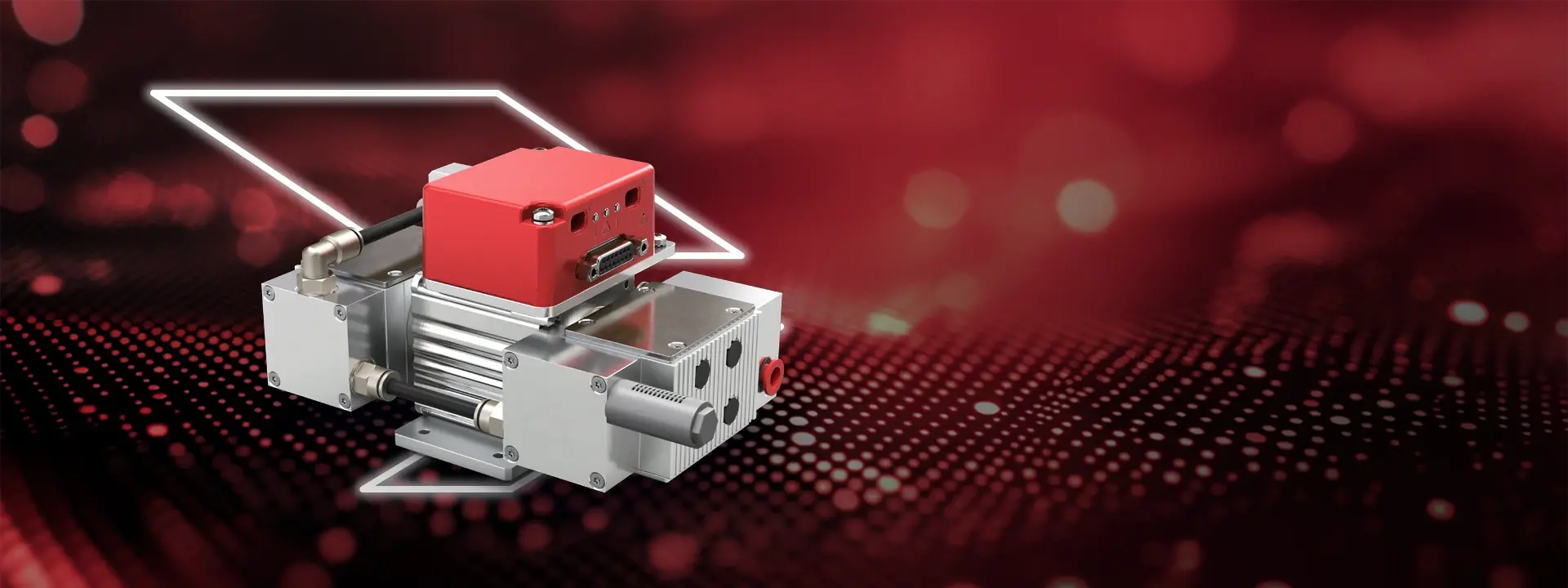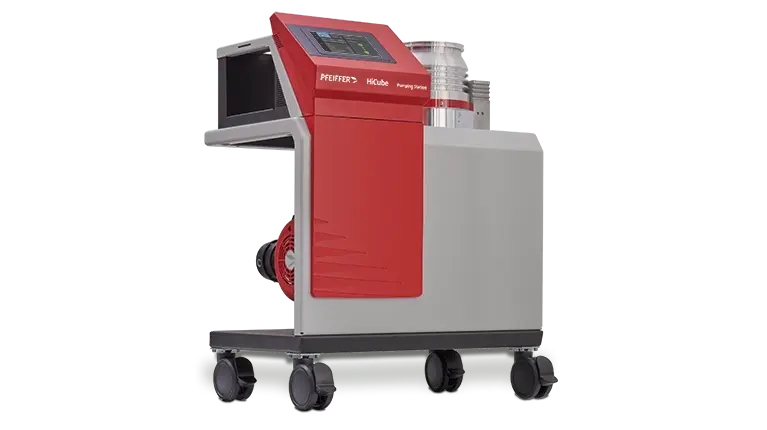Types of diaphragm vacuum pumps
Diaphragm pumps from Pfeiffer generate dry, contamination-free vacuum. They come with two, three, or four stages. Models with fewer stages provide higher pumping speeds for faster evacuation. Those with more stages achieve lower ultimate pressures because each additional stage compresses the pumped medium further, allowing the pump to generate higher vacuum levels.Additionally, some diaphragm vacuum pumps from Pfeiffer are available with direct current (DC) motors. These motor versions consume over 80% less energy than the drive units of standard diaphragm vacuum pump models.
Product | Nominal pumping speed |
|---|---|
MVP 003 | 0.25 m3/h |
MVP 010 | 0.6 m3/h |
MVP 015 Neo | 0.75 - 1 m3/h |
MVP 020 | 1.4 m3/h |
MVP 030 | 1.8 m3/h |
MVP 040 | 2.5 m3/h |
MVP 070 | 4.3 m3/h |


